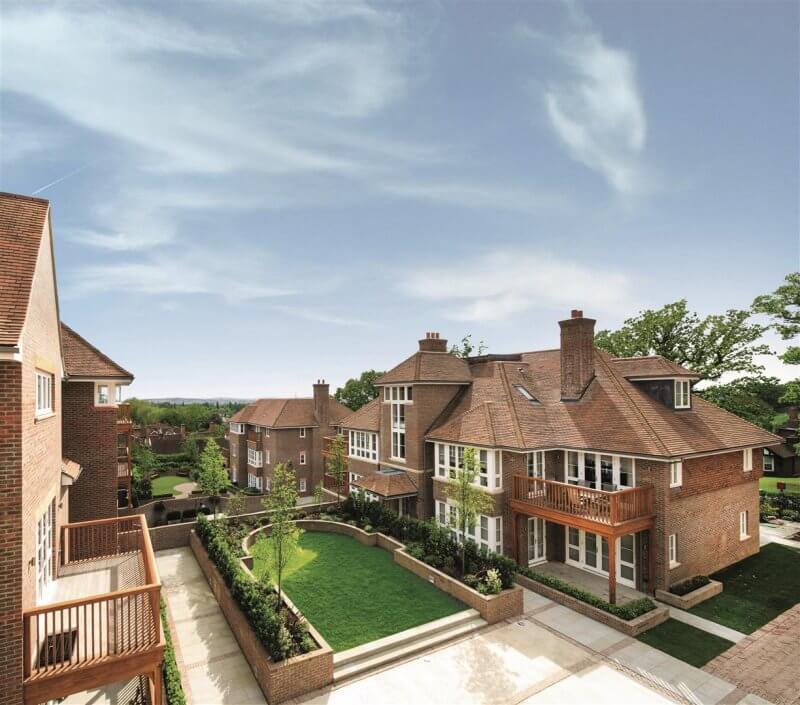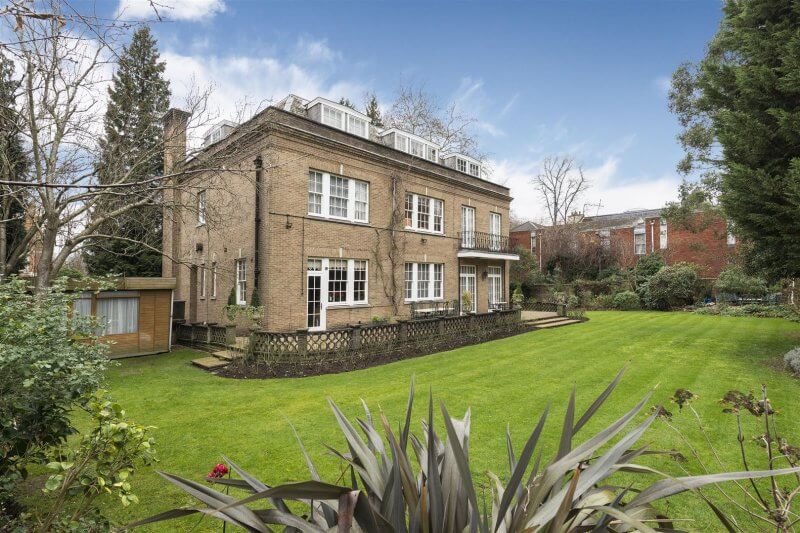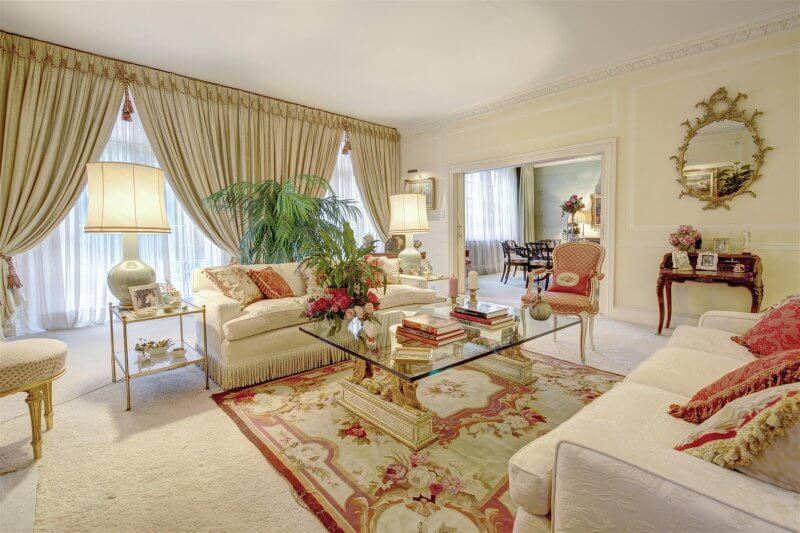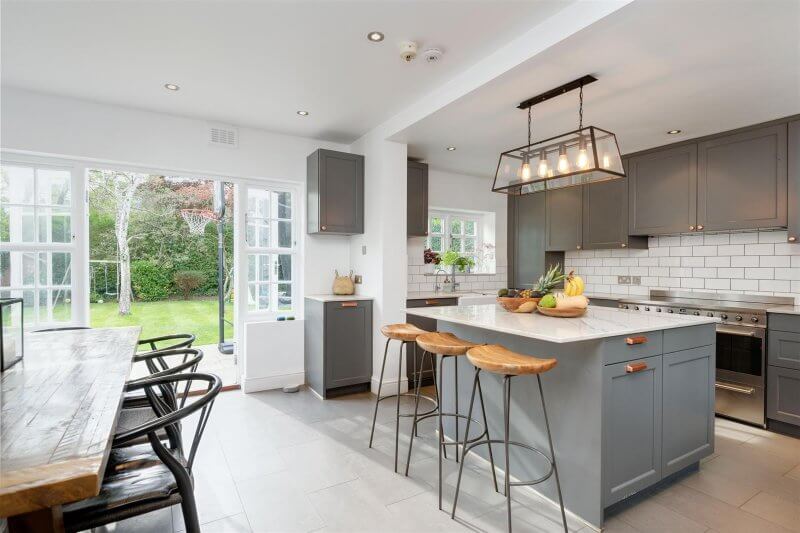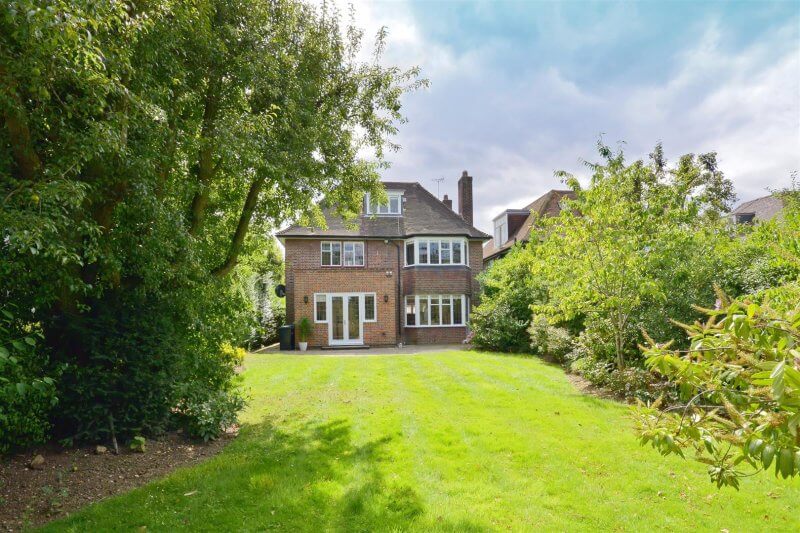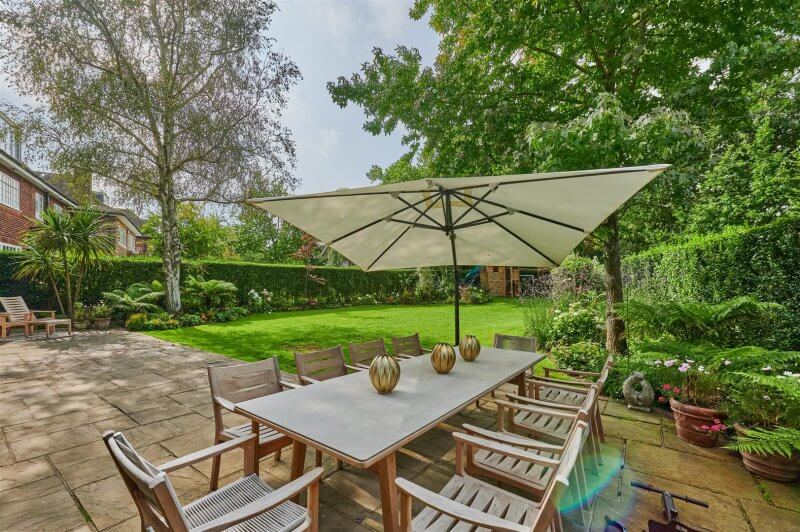Searching for and narrowing down your ideal house can be a tedious process. The element of huge investment aside, the space is meant to be your safe haven and calm at the end of the day. Investing in a property is a huge long-term commitment, and there are many aspects to consider from all angles so that you get the best property and the best value for money.
When buying a property, the following affects the decision of a potential buyer –
– Personal budget, relevant especially for first-time buyers who are leaving rentals to own property
– Practicality, in terms of proximity to transport links like metro stations and other public transport, schools etc
– Size of the property
– Outdoor spaces, garage/parking facilities
– Council tax bands
– Interior décor may not be as important as the above because it can be changed or altered as per taste
But the most important and underlying factor is location.
How and why is location a decisive factor when buying a property?
As per the survey, 85% of participants responded that the location of a property is the most important and crucial factor in decision-making. It is also the one element repeatedly emphasised by real estate agents.
Location may be based on the kind of property you are looking for. Apartment seekers may want options that are closer to the city centre. And those looking for family homes would prefer the outskirts so that there’s more space at the same price when compared to city-limit options.
Location probably has the most significant weightage among the elements to consider because it is one aspect that cannot be changed about a property. It also affects all the other aspects like job opportunities, commute options, property value and, most important of all, your quality of life.
What makes a great location?
If you are interested in a certain property, chances are there may be others who find it interesting too. Although it depends on individual preferences and personal requirements, there are many location-based factors that impact lifestyle and property value.
Convenient and easy access to local markets and supermarkets, pharmacies, basic health facilities, retail shops etc. Most buyers consider if all or most of these are within walking distance or not.
Any location becomes more viable for buyers if there is convenient access to public transport options. Easy commute to office and work locations is the most important of it all.
With increased emphasis on health and mental well-being, most homeowners now place greater emphasis on proximity and access to green spaces.
When you consider a location, you should look at the benefits you would get as a resident. Also, look at the up-and-coming areas which have prominent urban regeneration projects. While these improve the quality of life of current residents, they also prompt property price escalation in future.
